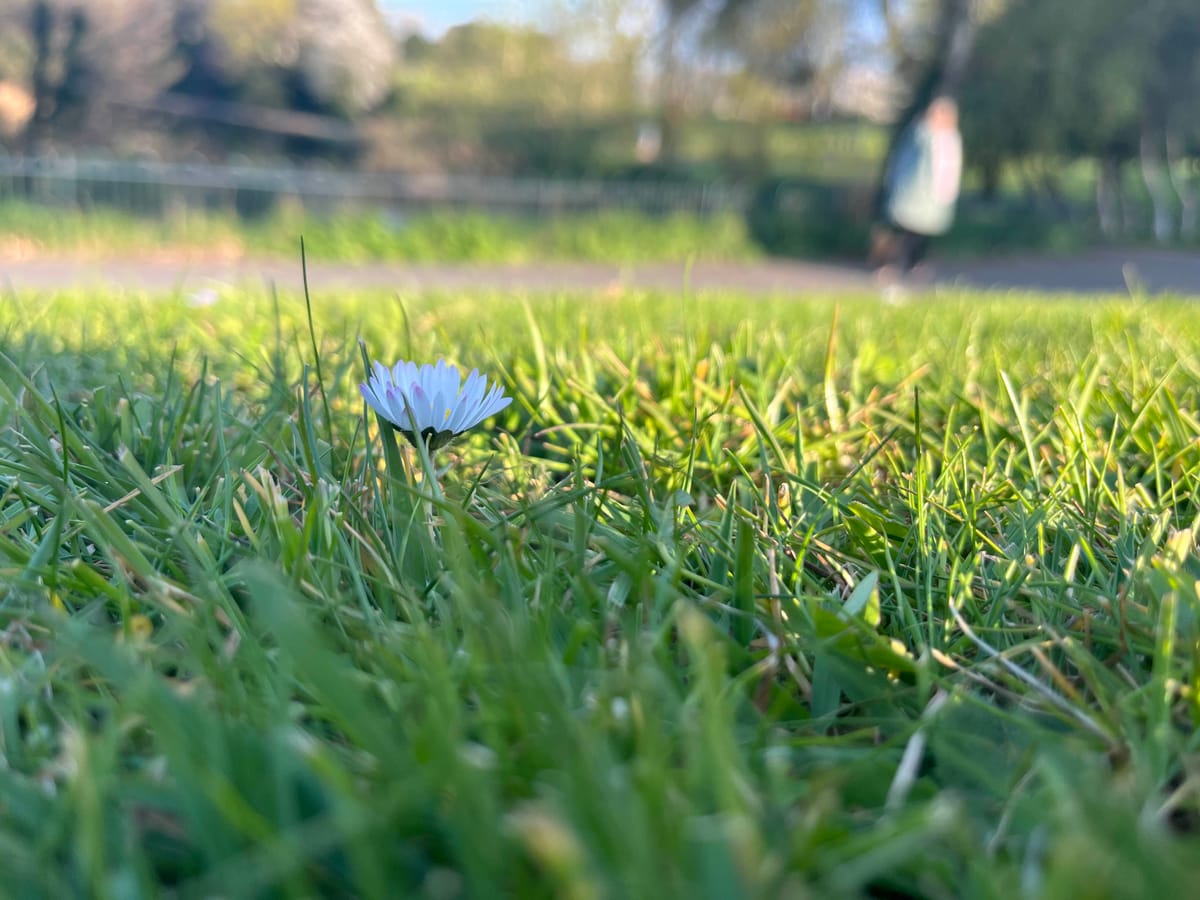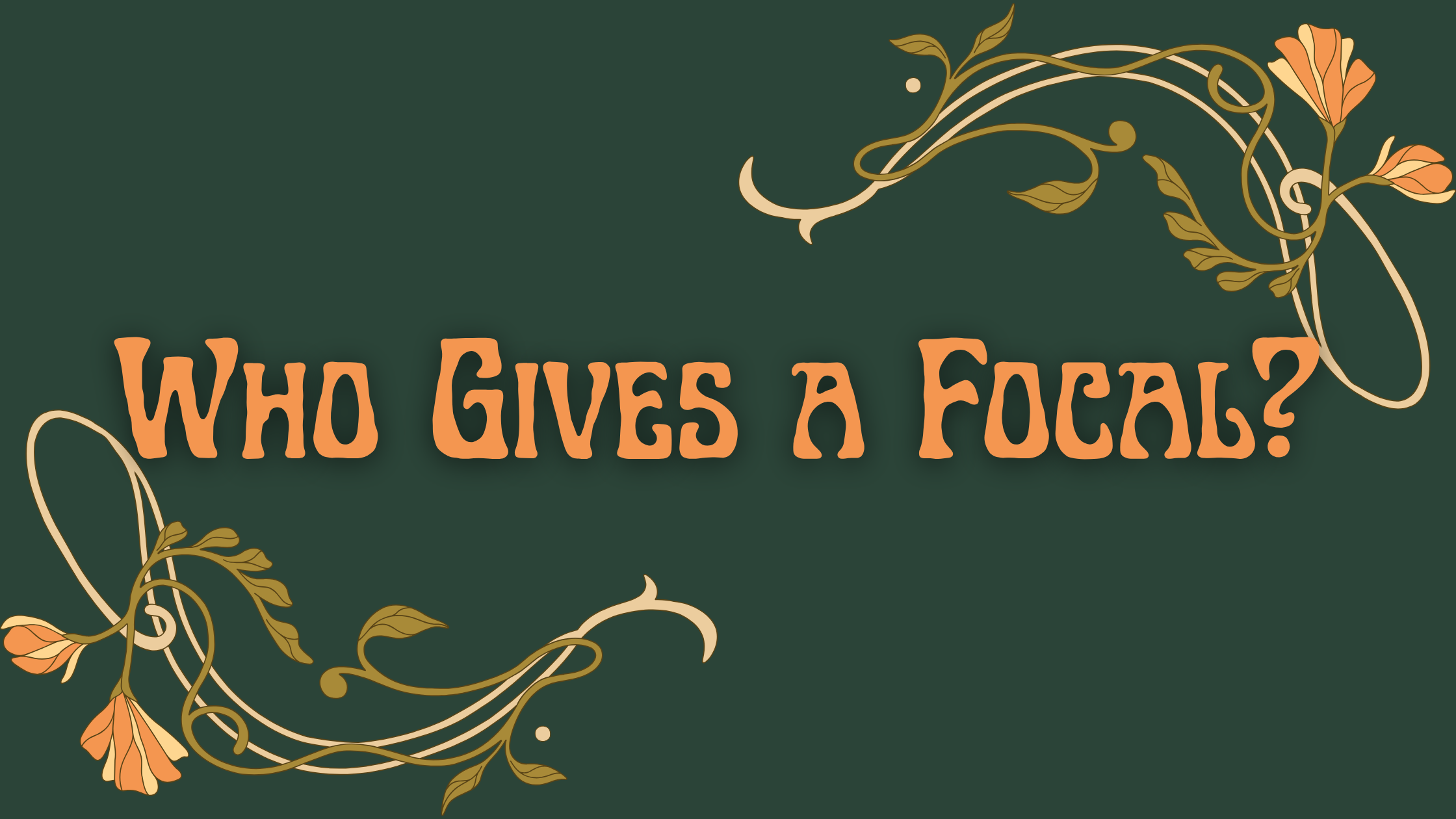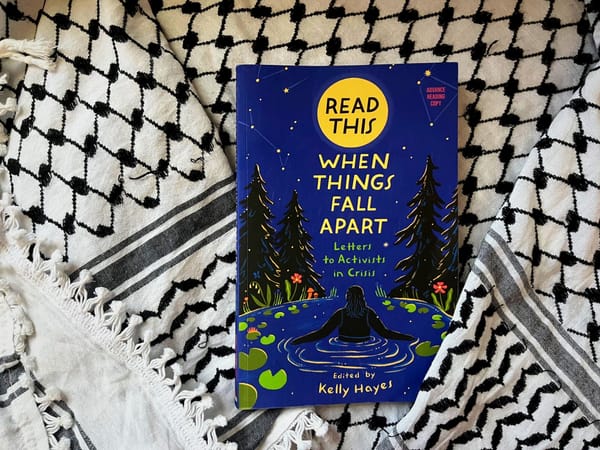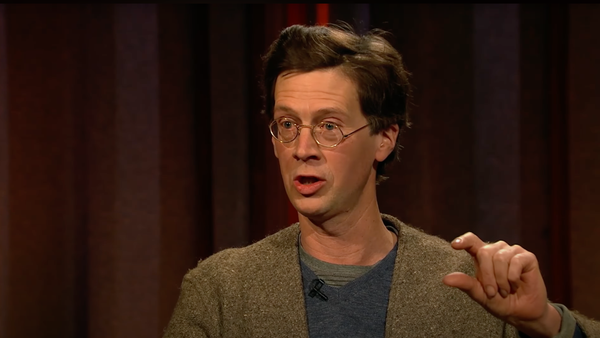The Revolutionary Art of Irish Caoineadh in Uncertain Times
Fáilte, welcome, caoinfimid le chéile, we will weep together.

The first time I ever saw the word “caoineadh,” was in Doireann Ní Ghríofa’s autobiographical, obsessive novel A Ghost in the Throat. I came across this book in the winter of 2020, at a now defunct indie bookshop. For the first time since my college graduation in 2015, I stood in a bookstore that reminded me of my lost college years as a burned out creative writing student. I felt like I could create there. I had been living in town for five years at that point and never even heard of this store, and my artistic side lit up once inside.
I didn’t find the book on my own. I was already at checkout with a few finds—the novel of one of my former professors, a few chapbooks (God I couldn’t believe I was buying chapbooks!)—when the woman at the desk started up conversation. I told her about how I was a writer, how I liked to write fiction, but was becoming a bit more interested in poetics. She said she had just thing for me. “I can’t pronounce her name, it’s super Irish,” she said as she led me to the back wall of shelves. “You have to read this.”
I also could not pronounce her name (although I think I made a few intuitive attempts that ended up being correct), or the Irish in the book. Five years later, I think that really must’ve been what started it all: This artistic “recovery” as Julia Cameron says.
I, like Ní Ghríofa, am obsessive, and always have been. I even wrote a few poems about that experience, of growing up undiagnosed, in the immediate aftermath of reading the book, though I haven’t looked at them in earnest since they were written. From Pokémon, to Teen Titans, to Naruto, to thinking I was a witch (I am but that’s a newsletter for another day) in middle school, I have accumulated obsessions like talismans. Learning Irish has been no different.
Now, I didn’t immediately jump to learning Irish after reading the book. Actually, at the time, mid-beginnings of the pandemic, I was using Duolingo to learn my maternal family’s Swedish. Shit was hitting the fan, and while I wasn’t fully on board with leaving the country, I could smell the proverbial Caddyshack in the pool.
No, I wasn’t that into Irish at first, and I didn’t even really like some of the recordings I found of the “Caoineadh Airt Uí Laoghaire,” which Ní Ghríofa writes about and is written by Eibhlín Dubh Ní Chonaill following her husband's untimely demise. Perhaps it was the speaker, or the language itself, I don't know. I couldn’t explain that now. And the only thing I can reasonably come up with is that I wasn’t ready. Something inside me didn’t want to hear gach singil litir, every single letter—a colonial shame that compelled me to be repulsed.
Here's the thing: I am not Irish. Maybe somewhere sometime there was an Irishman in my family, but I don’t know of them, and I really honestly doubt their existence. What I do know is this, Brígid put a book in my hands five years ago, and a lot has happened since then. I had a mentor die, I had a coworker die, both Irishmen. I began to write again. I took out my tarot deck from the shelf and began to shuffle the cards once more. In my grief that never seems to abate, I thought of a woman from Ireland. She was and still is a mystery to me, and I thought well if I’m going to write about her, then she should speak Irish. And here I am, a year and some change in, having found a teacher in Mollie Guidera (whose new book The Gaeilge Guide is out now!) and a community that spans not just to Ireland, but the globe. I went on my first international trip to an Irish-language retreat just to meet them. I can read the "Caoineadh Airt Uí Laoghaire" and Ní Ghríofa's name, feel the words in my mouth even if they come out not-right altogether, all of the time. They are the most beautiful things I have ever heard or said.
The caoineadh Ní Ghríofa talks about is a song or poem in the form of a lament. It is also the verbal noun of “caoin,” or to weep, as in tá mé ag caoineadh. I am lamenting, I am weeping. But the practice of the Irish “caoin” is also funerary practice, an ancient one that I can’t say for sure is still done. Wikipedia will tell you it all but died out in the last century, but I've learned that in wee pockets of rock and in bubbling streams, a lot of Irish traditions do survive. (The Irish folks who have subscribed can get in the comments and tell you I’m sure.) In the novel Cré na Cille, there are a couple of women, who are the mná caointe for all the wakes in the village, and whether one caoined you or not at your funeral was the talk of much gossip among the corpses laying in the dirty dust of the Connemara graveyard.
There is something about this group of words, or mutations of one word, for all-encompassing grief that I think hooked itself in my very Southern gothic heart. As a writing professor once told me, “The specific is universal,” which means that the more specific you are when you write, the more people will relate to it. Even as I write this, tá mé ag caoineadh. And maybe it’s because these are words I needed when I was 17 and grieving the sudden loss of my stepfather, or when the relationship with my mother turned fraught. They are certainly words I need now as I contemplate the next steps in my life’s journey—leaving a job I dearly loved after 11 years, of colleagues, and maybe even my home as we descend further and further into fascism. I want to caoin when I think of my father, who is 81 and lives in a place that is hostile to me and my partner. I want to caoin when I scroll past atrocity after atrocity here and abroad. And the problem is, I have not. A good majority of us have not. Maybe because we fear that exact deep, bellowing grief that the Irish are talking about. I know I’m afraid of it, of letting the sorrow squeeze me dry, of letting anyone see me in such a state. But I stood on the beaches of Inis Mór this year and caoined so much that I think if Molliefest had given out awards, I would’ve won “An Caointeoir Is Fearr,” Best Weeper in my case.
You’re supposed to have that release. You’re supposed to mourn the loss of millions from COVID, from genocide. You’re supposed to mourn the loss of your language, whether it’s because your great-great-great grandparents wanted you to assimilate as Americans, or you were brought here against your will, or it was taken from you by force. All these things have been taken from us, and the English language and modern capitalist society do not have words to describe that all-consuming sadness because you were supposed to give it up. English has around 200 irregular verbs, yet restricts that which makes us human—our capacity for love and therefore our capacity to feel great loss. I know I am far from the only one that has said this, but we were not meant to see brutality beyond our comprehension sandwiched between recipe and cat videos.
In an episode of the podcast "Movement Memos," author Sarah Jaffe states, "The capitalist system also doesn’t care if we die. So insisting on the value of human life, insisting on grieving, particularly grieving publicly and collectively, is a real statement against this entire death-making system.” I find this wisdom in the Irish goddess Brígid (Bríd, Bríghid, etc.), who was said to have released the first caoin when her son Rúadán was killed in battle. Her grief was so great that the two sides lay down their weapons and there was peace. She wept as Wissam Hamadah did when her baby, Hind Rajab, was slaughtered before the world, and yet Israel does not lay down its arms. Neither does the U.S. stop it's funding of the assault amid the thousands, millions of grieving mothers caoineadh in the dust of ruin. Mamie Till-Mobley demanded that the world see exactly what it did to her son Emmett in her own act of defiant mourning. If we do not echo them, no one will hear.
We are going on two years since the genocide in Gaza began, five years since COVID-19, and only eight months since the second Trump administration started to disappear people and continues to ramp up its death machine. As of this writing Trey Reed, a Black student in Mississippi, has been found hanging from a tree.
I think I meet more and more people every day, who are numbed by what's happening on all fronts. We can't afford to be numb, or to feel "cringy" if we were to release our true font of despair within us publicly. Maybe if we all threw ourselves to our knees and let out the most earth-shattering collective caoineadh, we would finally begin the process of building back up again. Maybe you should do it right now wherever you are.
When I was full of emotion, and with a lot fewer tools to be able to release that emotion in a healthy way, my eldest sister used to ask, "Do you wanna throw a fit? Throw yourself on the floor and do the dying cockroach?" She was making fun of me a little. I have a tendency to throw tantrums when I am overwhelmed. But in recent days I found that question floating around in my brain parts again and answering, "Yeah, actually I do want to throw myself on the floor and do the dying cockroach." So I do. It is these words and this grief that keeps me living through Irish every day.
I guess what I’m saying is, fáilte, welcome, caoinfimid le chéile, we will weep together.
Who Gives a Focal is an entirely free and reader-supported publication, which cannot exist without readers like you. We are just getting started and would love for you to support us in our trial months today if you like what we do.





